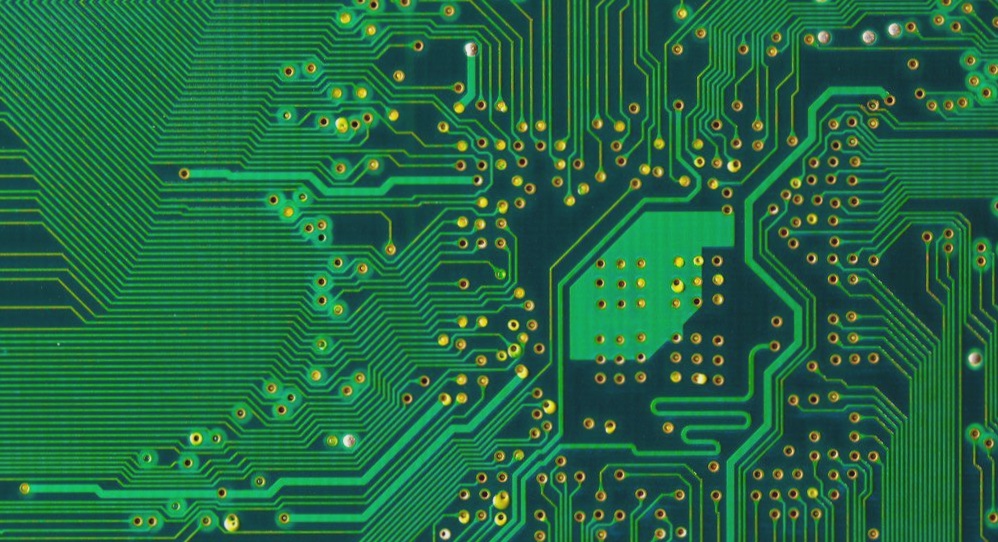Why a Detailed BOM is Crucial for Successful PCB Assembly
The Bill of Materials (BOM) is a vital document in the PCB manufacturing industry. It lists all the raw materials, components, and parts needed to create a functional circuit board. A comprehensive BOM includes part numbers, names, quantities, manufacturer or supplier details, additional features, and comments.
Creating an accurate BOM is essential, especially when outsourcing PCB assembly to a manufacturer. It streamlines the procurement process and ensures smooth production.
A well-prepared BOM is crucial for cost control and avoiding delays in sourcing components. Missing parts in the BOM can lead to increased costs, production delays, component substitutions, and error-filled boards.
Essential Components of a BOM
There are various BOM formats tailored to specific needs. Typically, a BOM includes:
- Reference Designator: Unique identifiers for components on the PCB layout.
- Component Values: Specific values for different components like resistors and capacitors.
- Manufacturer’s Part Number: Unique identification numbers from component distributors.
- Quantity: Number of parts required for each assembly or subassembly.
- Description: Additional information for reference and part substitution.
- Package Type: Information on the physical packaging of components.
A well-organized BOM facilitates efficient communication between design and manufacturing teams, streamlines the production process, and helps prevent costly errors in PCB assembly.
The Importance of Component Packages in PCB Design
Component packages in PCB design refer to the standardized body types that house various electronic parts. Whether you are dealing with SMT passives like 0603 or 0805, or semiconductor parts like SOT-123 or QFPs, understanding the package is crucial. It provides valuable information about the size and shape of the component, aiding in the layout of the PCB.
Why Understanding Component Packages Matters
- Helps determine the footprint to use during PCB layout
- Aids in selecting the right components for the design
- Ensures compatibility and proper fit of components on the board
Conclusion: The Role of Bill of Materials in PCB Development
Creating a comprehensive bill of materials (BOM) is an essential step in the PCB development process. It not only streamlines the design and manufacturing process but also brings your product design to life. Each project may have unique requirements, so customizing your BOM to meet those specific needs is crucial for success.
For more information on PCB testing methods, visit Well Circuits.


